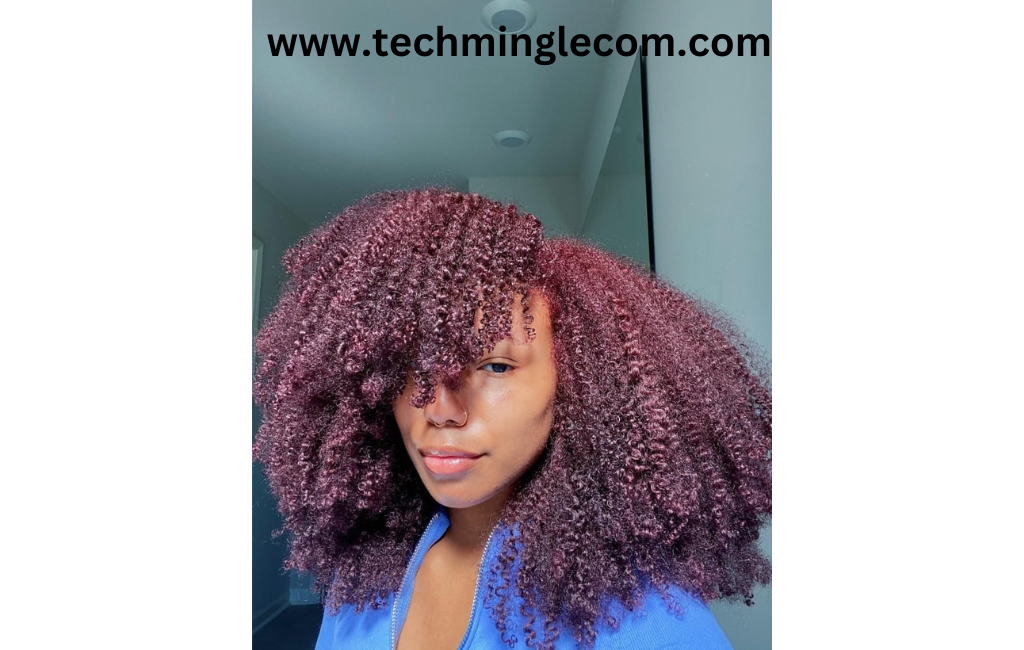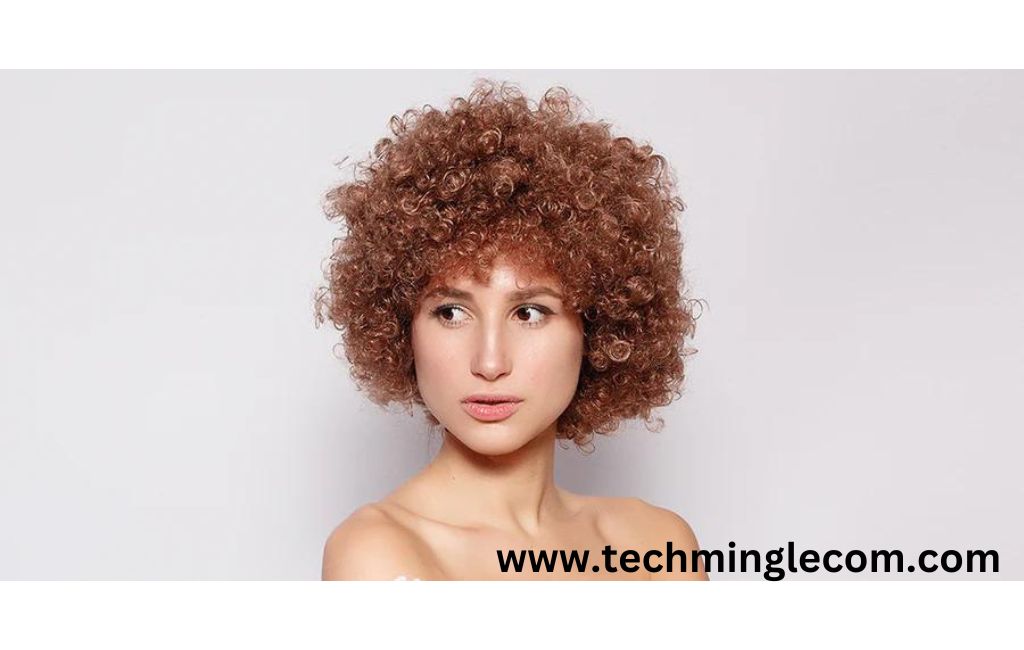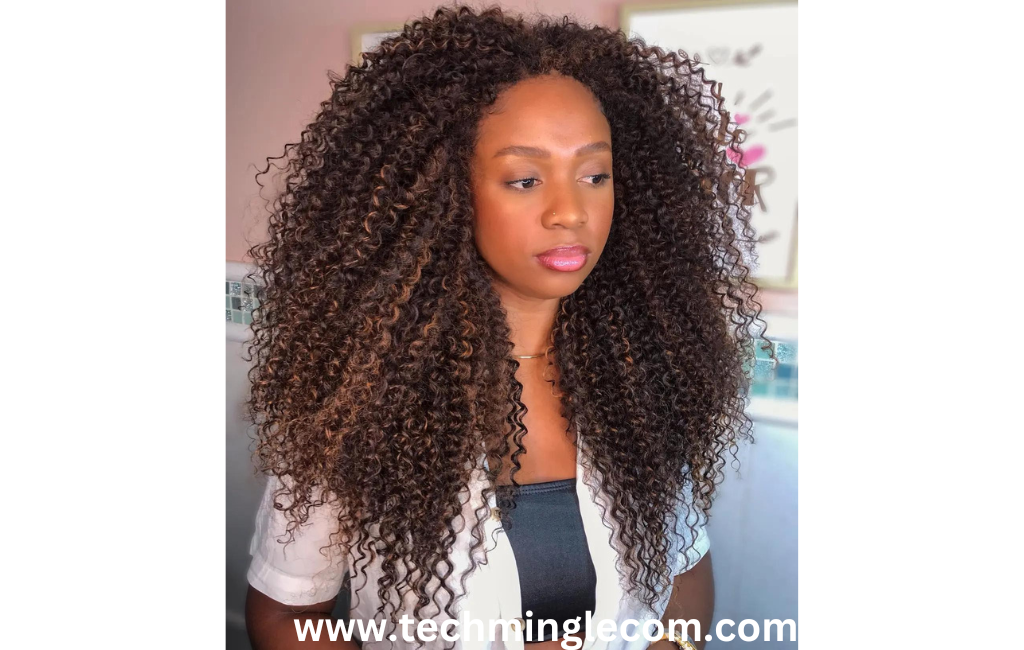
4c Hair:100% Embrace and Care for Your Unique Texture
Introduction to 4c Hair
4c hair is a stunning, versatile hair type that is often misunderstood and underappreciated. If you’re one of the many people with 4c -hair, it’s essential to understand its unique characteristics and how to care for it properly. Embracing your natural texture not only enhances your beauty but also connects you to a rich cultural heritage. This article will guide you through everything you need to know about 4c -hair, from basic care to advanced styling tips.
What is 4c Hair?

Defining 4c Hair Type
4c -hair is the coiliest of all hair types in the hair typing system. Its curls are tight and densely packed, often forming a zig-zag pattern. Unlike other hair types, 4c -hair doesn’t have a defined curl pattern, making it appear more voluminous.
Characteristics of 4c Hair
4c -hair is known for its shrinkage, which can be up to 75% of its actual length. It is prone to dryness because the natural oils from the scalp have a harder time traveling down the hair shaft. This hair type is also delicate and requires gentle care to prevent breakage.
The Unique Challenges of 4c Hair
Moisture Retention Issues
One of the biggest challenges with 4c -hair is keeping it moisturized. Due to its tight curls, moisture escapes quickly, leaving the hair dry and prone to breakage.
Shrinkage and Volume Management
Shrinkage is a natural part of 4c-hair, but it can make your hair appear much shorter than it actually is. While some may see this as a drawback, others embrace the versatility it offers.
Breakage and Split Ends
4c -hair is fragile, and improper care can lead to breakage and split ends. Understanding the right techniques and products can help minimize these issues.
Why Embrace Your 4c Hair?

The Beauty of Natural Texture
Your 4c -hair is unique, and its beauty lies in its texture. Embracing your natural hair means accepting its fullness, coils, and the stunning styles it can create.
Representation and Cultural Significance
4c- hair carries deep cultural significance, particularly within Black communities. It represents a connection to heritage and history, making it more than just a hair type.
Essential Hair Care Tips for 4c Hair
Moisturizing Techniques
Importance of Deep Conditioning
Deep conditioning is crucial for 4c -hair. It helps restore moisture, strengthens the hair shaft, and makes the hair more manageable.
Leave-In Conditioners and Oils
Using leave-in conditioners and sealing them with oils like coconut or jojoba can lock in moisture, keeping your hair hydrated for longer.
Protective Hairstyles
Benefits of Protective Styles
Protective styles like braids, twists, and updos shield your hair from environmental damage and reduce the need for daily manipulation.
Styles That Work Best for 4c- Hair
Styles like box braids, Bantu knots, and flat twists not only protect your hair but also allow for versatility in your look.
Gentle Detangling Methods
Tools for Detangling 4c -Hair
Wide-tooth combs, detangling brushes, and your fingers are the best tools for detangling 4c -hair without causing breakage.
Detangling Techniques
Always detangle 4c- hair when it’s damp and coated with conditioner.Begin at the ends and gradually work your way up to the roots to reduce damage.
Best Products for 4c Hair

Shampoos and Conditioners
Sulfate-Free Shampoos
Sulfate-free shampoos are gentle on 4c -hair, as they cleanse without stripping away essential oils.
Moisturizing Conditioners
Opt for conditioners rich in moisture that help detangle and soften your hair.
Styling Products
Gels and Creams
Styling gels and creams that are specifically designed for 4c- hair can help define curls and provide hold without making your hair stiff.
Oils and Butters
Oils like argan and shea butter are excellent for sealing in moisture and adding shine.
DIY Natural Hair Products
Homemade Hair Masks
Ingredients like avocado, honey, and olive oil can be combined to create nourishing hair masks that hydrate and strengthen your 4c -hair.
Natural Oils for Hair Growth
Oils such as castor oil and peppermint oil can promote hair growth when massaged into the scalp regularly.
Protecting 4c Hair While You Sleep
Nighttime Hair Care Routine
A proper nighttime routine is essential for maintaining healthy 4c -hair. Moisturize your hair and style it in a way that minimizes friction.
The Importance of Satin and Silk
Sleeping on satin or silk pillowcases, or using satin scarves, reduces friction that can lead to breakage.
Protective Styles for Sleeping
Styles like braids or twists are ideal for sleeping, as they protect your hair and maintain its moisture.
Myths and Misconceptions About 4c Hair

Debunking Common Myths
There are many myths about 4c -hair, such as it being unmanageable or not growing. These are simply untrue and stem from a lack of understanding.4c -hair can flourish with proper care.
Embracing the Truth About 4c -Hair
The truth is, 4c -hair is versatile, resilient, and beautiful. It’s not difficult to manage—it just requires a different approach than other hair types. Once you embrace its unique needs, you’ll discover the endless styling possibilities and the natural beauty of your 4c -hair.
Styling 4c Hair
Heat-Free Styling Options
Avoiding heat is key to maintaining the health of your 4c -hair. Heat-free styles like twist-outs, braid-outs, and bantu knots can help you achieve defined curls without the risk of heat damage.
How to Achieve Defined Curls
To get well-defined curls, start with clean, damp hair. Use a leave-in conditioner, then follow with a curl cream or gel.Twist or braid your hair and let it dry completely before unraveling. This method enhances your natural curl pattern and reduces frizz.
Versatile Hairstyles for 4c Hair
4c -hair can be styled in numerous ways, from sleek updos to voluminous afros. Protective styles like box braids or cornrows are also popular choices that allow for low-maintenance beauty while giving your hair a break from daily styling.
Maintaining 4c Hair Health
Regular Trimming
Trimming your 4c -hair every 6-8 weeks helps to prevent split ends and keeps your hair looking healthy and vibrant. Regular trims are essential for maintaining length and avoiding breakage.
Scalp Care
A healthy scalp is essential for healthy hair.Keep your scalp clean and moisturized by using gentle shampoos and oils. Massaging your scalp regularly can also promote blood circulation and hair growth.
Avoiding Heat Damage
If you must use heat, always apply a heat protectant and use the lowest heat setting possible. Heat styling should be kept to a minimum to preserve the integrity of your 4c -hair.
Transitioning to Natural 4c Hair
What to Expect During Transition
Transitioning to natural 4c -hair from chemically treated hair can be a journey of self-discovery. Expect to see two different textures in your hair as the natural hair grows out, which may require extra care and patience.
Tips for a Smooth Transition
To make the transition easier, focus on keeping your hair moisturized and opt for low-manipulation styles. Consider doing protective styles like braids or wigs to blend the two textures and protect your hair during the process.
Products to Use During Transition
Products designed for transitioning hair, such as rich conditioners, leave-in treatments, and natural oils, can help manage the different textures and keep your hair healthy during the transition.
Inspiring 4c Hair Journeys
Success Stories from the 4c- Hair Community
The 4c-hair community is filled with inspiring stories of people who have embraced their natural texture. These success stories highlight the beauty and strength of 4c -hair and offer encouragement to those on their own natural hair journey.
How to Document Your Own Journey
Documenting your 4c -hair journey can be empowering. Keep a hair diary, take photos, and track the progress of your hair’s health and growth. Sharing your journey online can also inspire others and create a sense of community.
The Role of Diet in 4c Hair Health
Nutrients for Hair Growth
A diet rich in vitamins and minerals is vital for healthy hair growth.Nutrients like biotin, vitamin E, and omega-3 fatty acids support hair health and can enhance the strength and shine of your 4c -hair.
Foods to Avoid
Certain foods can negatively impact hair health. Limit your intake of processed foods, sugars, and unhealthy fats, as they can lead to hair thinning and loss.
The Influence of Social Media on 4c Hair Care
Positive Impact of Online Communities
Social media has played a significant role in empowering people with 4c- hair. Online communities provide support, share hair care tips, and celebrate the beauty of 4c- hair, helping to shift perceptions and promote acceptance.
Navigating Misinformation
While social media is a great resource, it’s important to be cautious of misinformation. Always cross-check advice with trusted sources or consult with a professional before trying new products or techniques.
Conclusion
4c hair is a beautiful, resilient hair type that deserves to be celebrated and cared for with love. By understanding its unique needs and embracing its natural texture, you can unlock the full potential of your 4c hair. From moisturizing techniques to protective styles, the tips and insights provided in this article will help you maintain healthy, vibrant hair. Remember, your 4c hair is a reflection of your uniqueness and heritage—wear it proudly.
FAQs
What’s the most effective way to moisturize 4c hair?
The best way to moisturize 4c hair is to use a combination of water-based leave-in conditioners and seal them with natural oils like coconut or jojoba oil. Deep conditioning regularly also helps retain moisture.
How often should I wash my 4c hair?
It’s recommended to wash 4c hair every 1-2 weeks. Washing too often can remove natural oils from your hair, while washing too infrequently can cause product buildup and a dry scalp.
Can 4c hair grow long?
Yes, 4c hair can grow long with proper care. Consistent moisturizing, careful handling, and protective styles help reduce breakage and encourage length retention.
What are the best protective styles for 4c hair?
Protective styles like box braids, twists, cornrows, and buns are ideal for 4c hair. These styles protect the hair from environmental stress and reduce the need for daily manipulation.
How can I prevent breakage in 4c hair?
To prevent breakage, handle your 4c hair with care. Use a wide-tooth comb for detangling, keep your hair moisturized, and avoid excessive heat styling. Regular trims also help eliminate split ends, reducing breakage.


